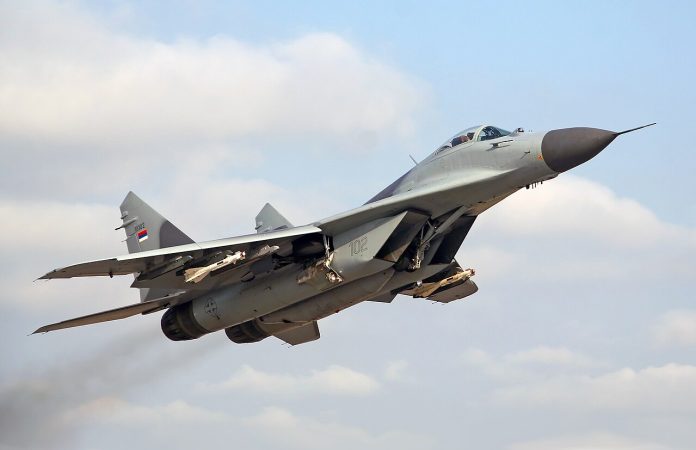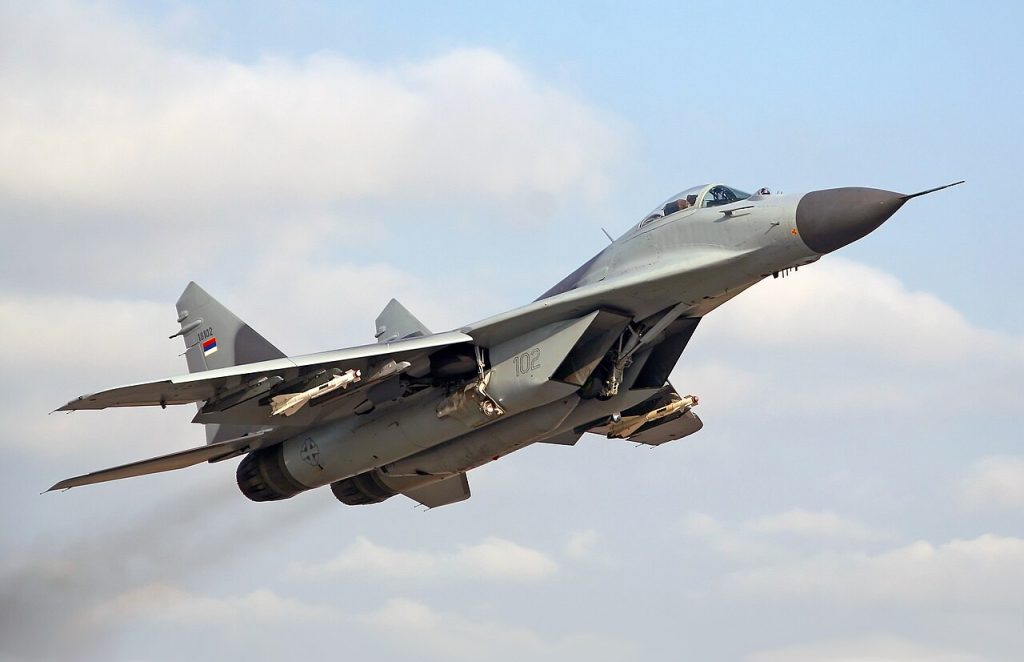
Iran’s latest acquisitions of military equipment herald a pivotal change in its air defense strategy, combining Russian fighter technology with Russian and Chinese strategic air defense systems to address vulnerabilities exposed in recent wars. The acquisition of MiG-29 fighter aircraft and planned supply of Sukhoi Su-35 fighters, alongside HQ-9 and S-400 surface-to-air missile defense systems, mark an integrated approach to the rebalancing of deterrence in contested Middle Eastern skies.
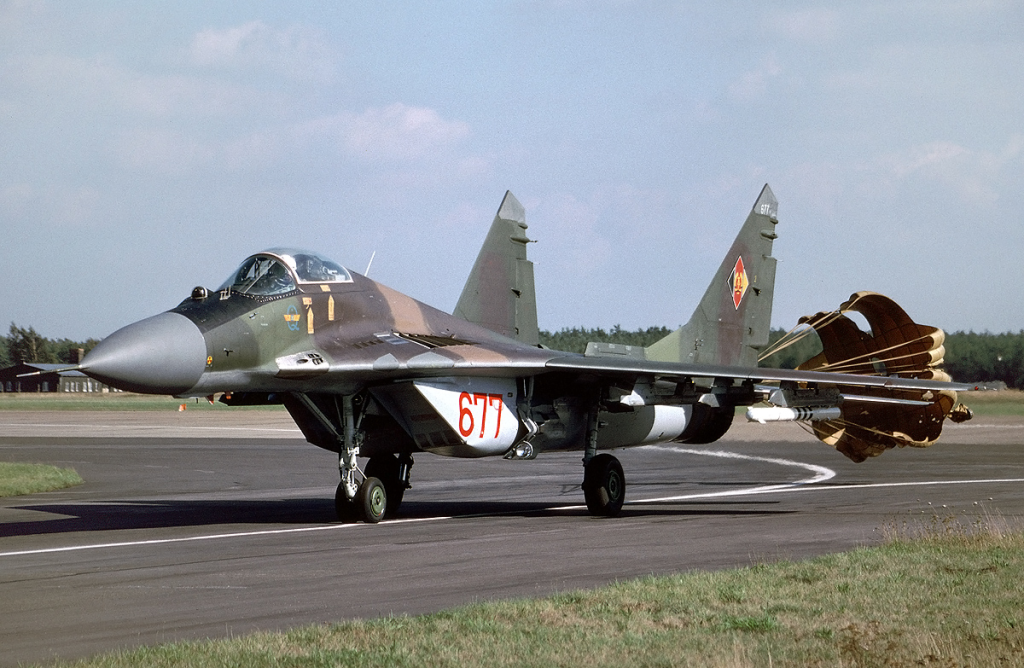
1. MiG-29: Closing the Capability Gap
The MiG-29A/UB Fulcrum, currently in the limited operating inventory of the Islamic Republic of Iran Air Force (IRIAF), is a fourth-generation multirole fighter configured for maneuverability and close combat air-to-air combat. With a Combat Radius of approximately 700 km and a speed above Mach 2, it fills a critical capability gap from Iran’s aging fleet of F-14A Tomcats and F-4E Phantoms. The fresh Russian batch ensures operational redundancy, with Iran being able to sustain more dependable combat air patrols over key denial-of-access zones near Tehran, Natanz, Bushehr, and Bandar Abbas.
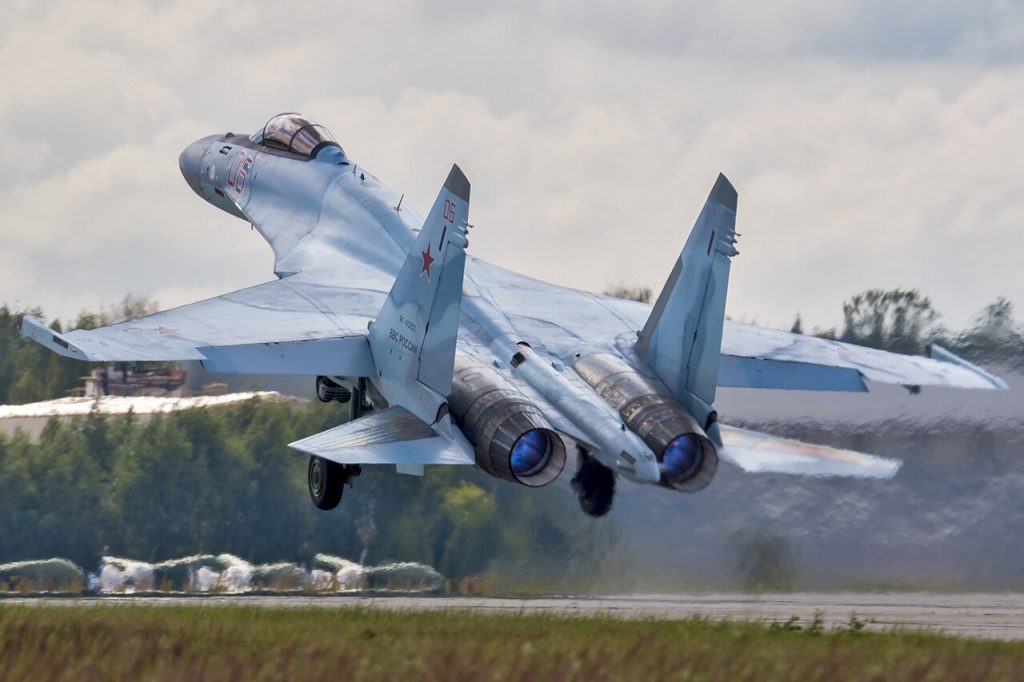
2. Su-35: A Leap in Air Superiority
Su-35S Super Flanker is a 4.5-generation fighter with thrust-vectoring Saturn AL-41F1S engines producing 137.3 kN of afterburning power, which gives limited supercruise capability above Mach 1.1. Its N035 Irbis-E radar can detect airborne targets at 400 km simultaneously, track 30, and engage eight. The plane uses radar-absorbent materials to cut its frontal radar cross-section in half, making detection more difficult. Its 8,000 kg weapons capacity is found on 12 hardpoints, supported by R-77M air-to-air missiles of 300 km range, Kh-31 sea-skimming missiles, and guided bombs. For Iran, this means the ability to neutralize Israeli and Gulf air patrols hundreds of miles beyond its border, as well as precision strike sorties in case of need.
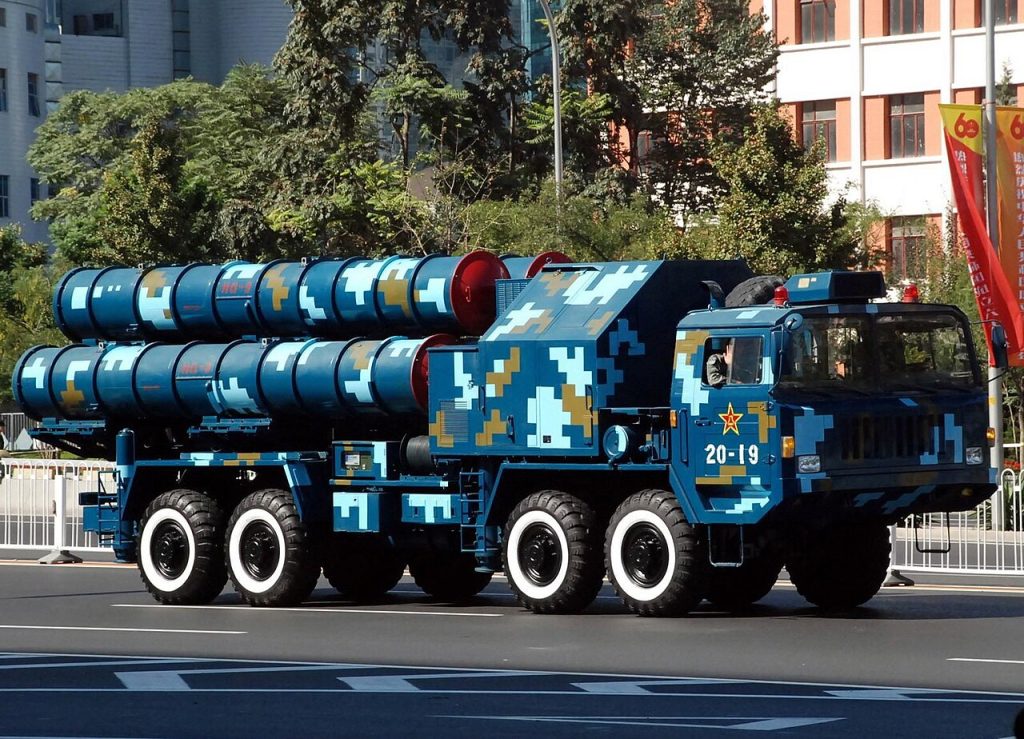
3. HQ-9 and S-400: Defensive Air Layers of Strategy
The Chinese HQ-9, partly derived from Russian S-300PMU and US Patriot systems, has a maximum range of 200 km against aircraft and 25 km against ballistic missiles. The Russian S-400 Triumf extends that envelope to 400 km against aerodynamic threats and 60 km against ballistic threats, with phased-array radar that can see stealth fighters. Together, these systems would create overlapping coverage zones, preventing enemy deception planning and re-establishing Iran’s ability to intercept high-priority targets short of reaching critical infrastructure.
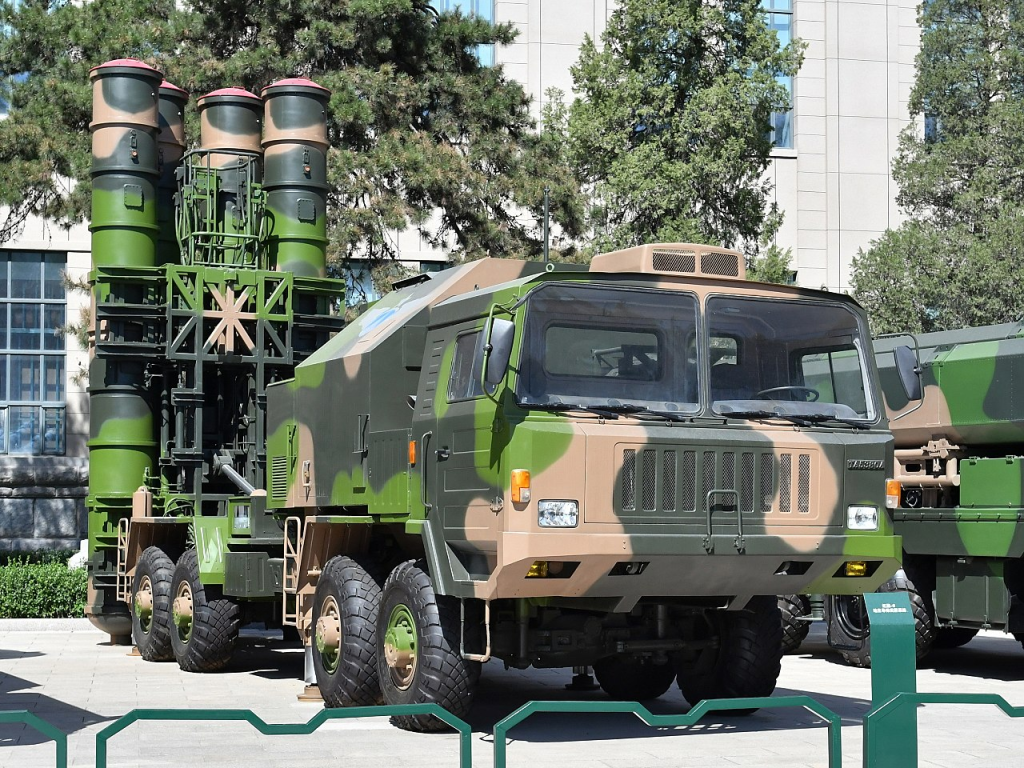
4. Reasserting a Broken Defensive Posture
Following Israeli strikes in April and October of 2024 that crippled Iran’s S-300PMU2 batteries and long-range radars, large sections of Iranian airspace became indefensible. The HQ-9 and S-400 acquisitions are attempting to build four core defense bubbles: Tehran’s political-industrial hub, the Natanz–Fordo nuclear complex, the Bushehr–Kharg oil terminal region, and the Strait of Hormuz. These zones are not only valuable in terms of national defense but also for the exercising of influence in regional deterrence.
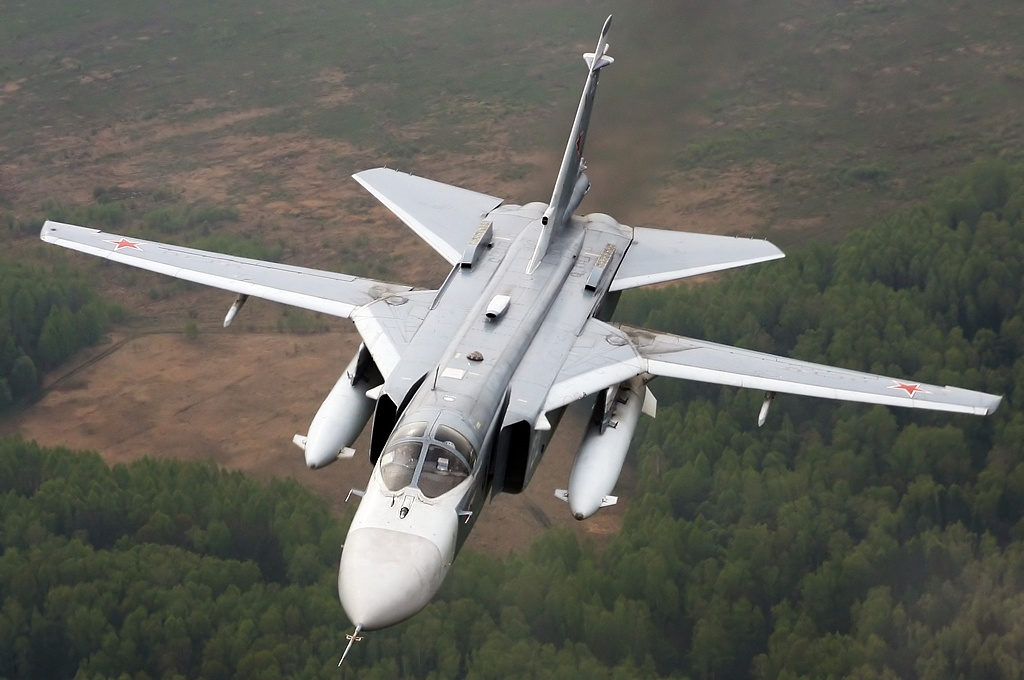
5. Integration with Offensive Assets
Iran’s doctrine increasingly integrates traditional air defense with offensive saturation firing tactics with ballistic missiles and UAVs. IRIAF short-range strike aircraft Su-24MKs and F-4Es are not range or survivable against front-line fighters. Su-35s, however, could escort missile-armed UAVs or conduct SEAD before missile salvos, tightening the effectiveness of Iran’s ballistic capabilities, such as up to 3,000 missiles of varying ranges.
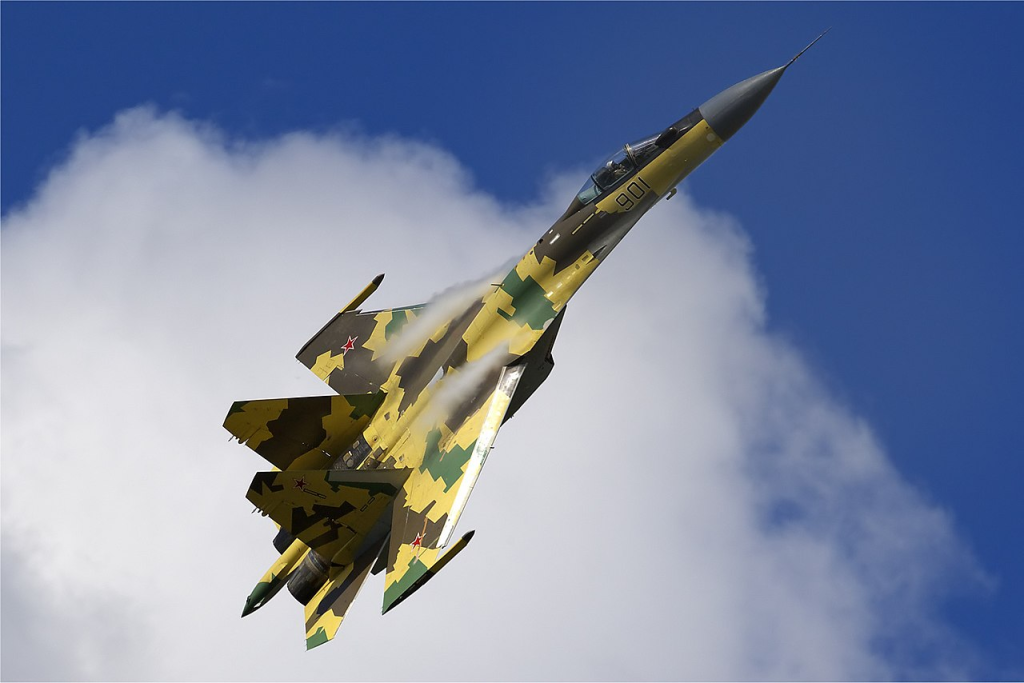
6. Engineering Challenges and Training Needs
Advanced fighters like the Su-35 and S-400 require extensive pilot training, support infrastructure, and integration with command-and-control systems. Iranian pilots have reportedly begun Su-35 training in 2022, but induction into operational capability depends on mastery of complex avionics, electronic warfare packages like the L175M Khibiny-M, and multilevel radar coordination. Ground personnel must be trained to handle high-maintenance AL-41F1S engines and the logistical burden of mixed Russian and Chinese systems.
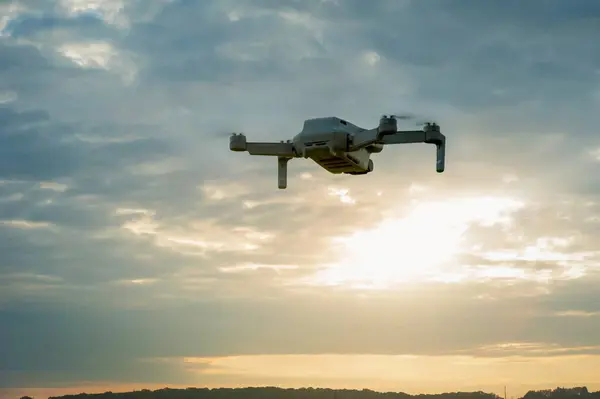
7. Geopolitical and Industrial Dimensions
The deliveries of arms form part of a broader Iran–Russia military-technology commercial relationship underpinned by the sale of drones by Iran to Russia and Russian SAMs exported to Iran. The two nations aim to counter U.S.-dominated air superiority and build muscle for a multipolar security arrangement. The inclusion of Chinese HQ-9 systems suggests Tehran’s intention to diversify sources, reducing threats from Russia’s slow production due to the Ukraine war.
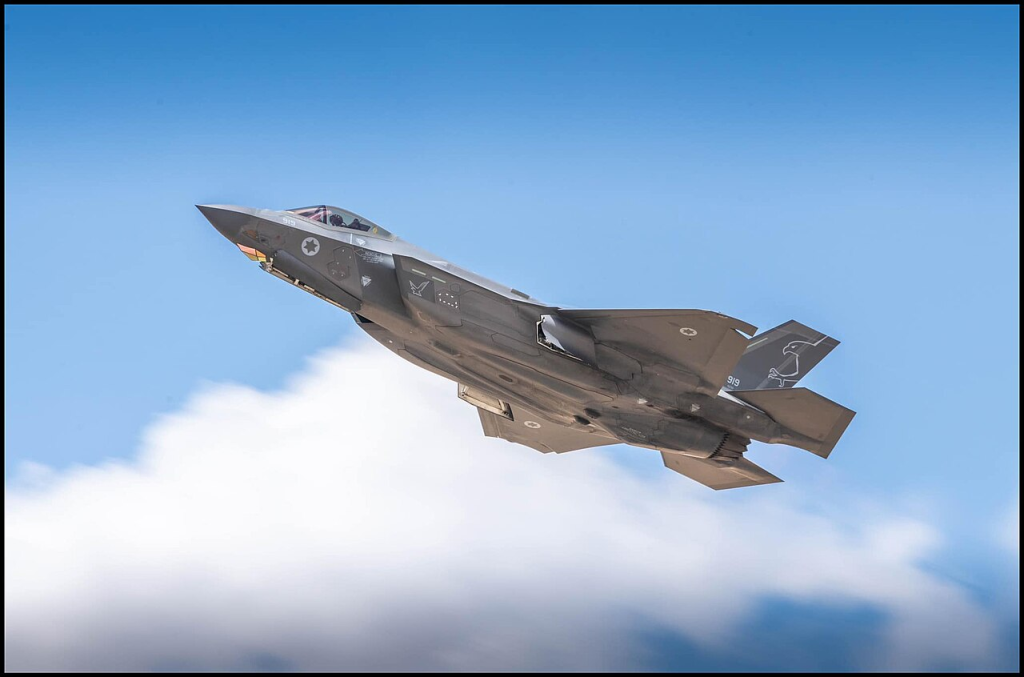
8. Regional Balance of Air Power
Israel possesses unparalleled offensive reach, with F-35I Adirs, F-15Is, and integrated U.S.-supplied THAAD and Patriot PAC-3 defenses. The monarchies of the Gulf possess large fighter inventories but suffer from low readiness levels and foreign contractor reliance. Iran’s new forces will not turn this balance around but will add cost and difficulty to enemy air campaigns, particularly if integrated with its missile and UAV assets.
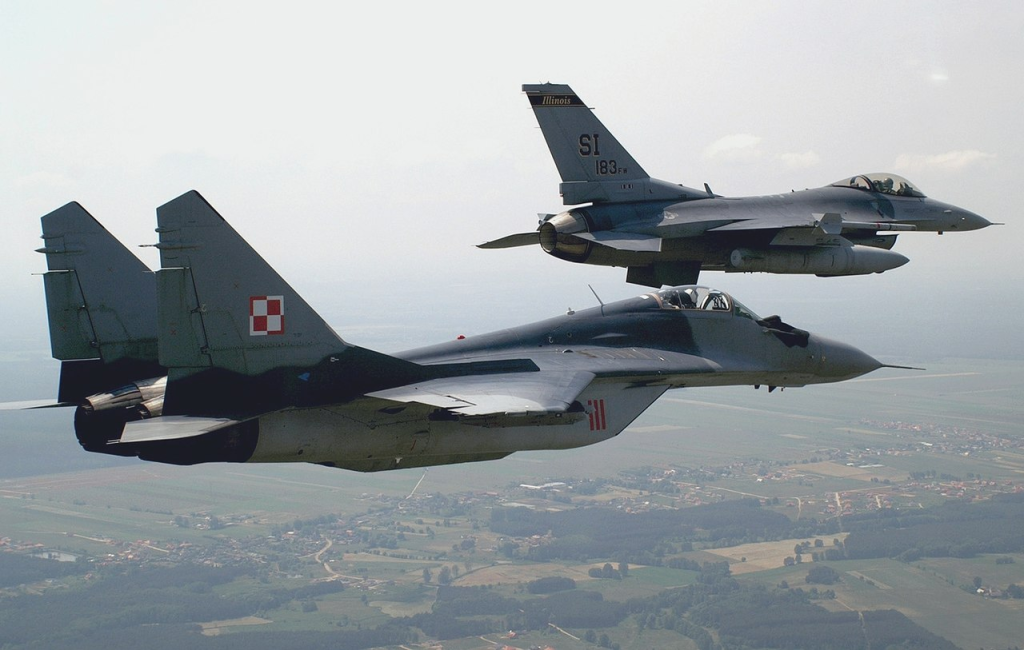
The phased deployment of MiG-29s, Su-35s, HQ-9s, and S-400s is a calculated engineering and strategic decision aimed at rebuilding Iran’s air defense system from a position of weakness. Added to the system as well-integrated elements, these systems would transform Iran’s airspace from a weak zone to a layered, contested environment, rendering any potential Israeli or American attack calculation tricky.
